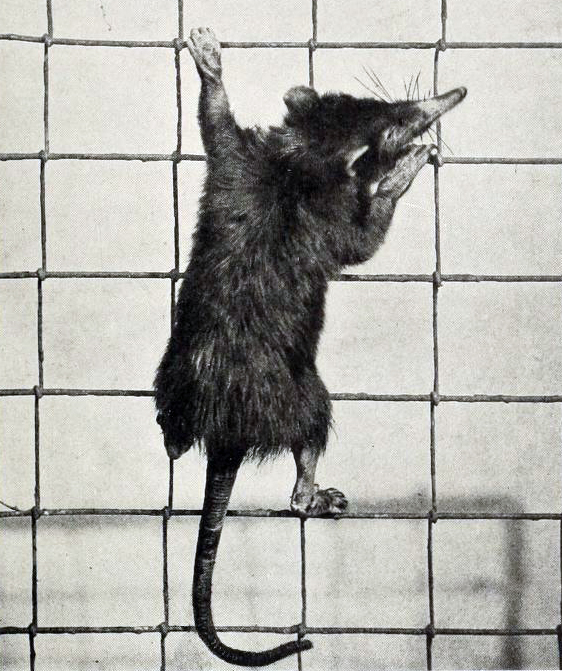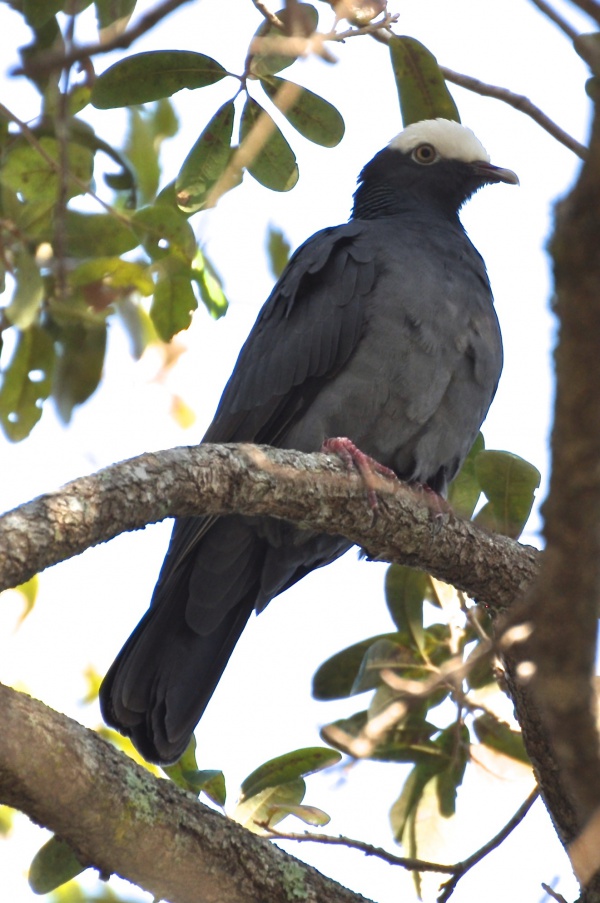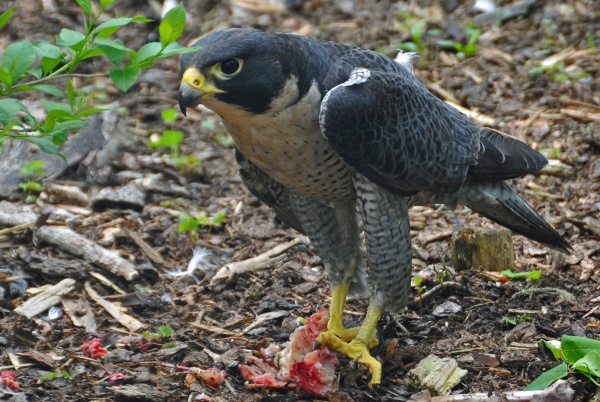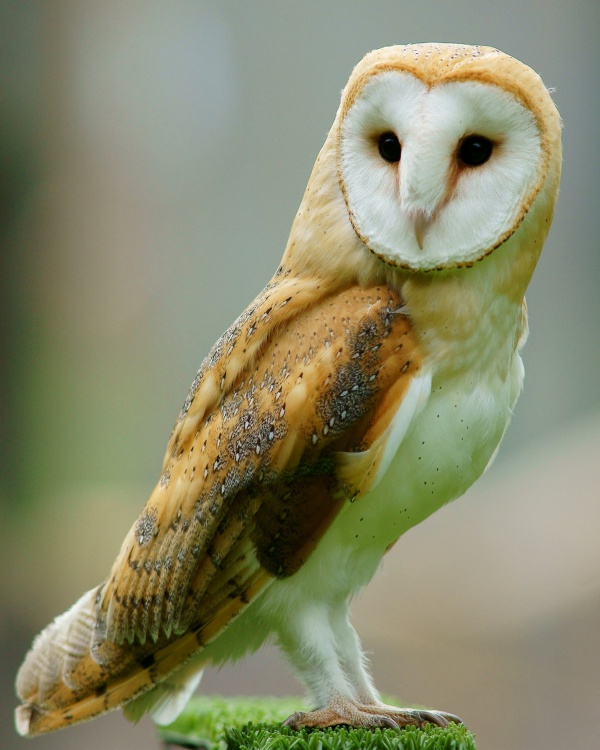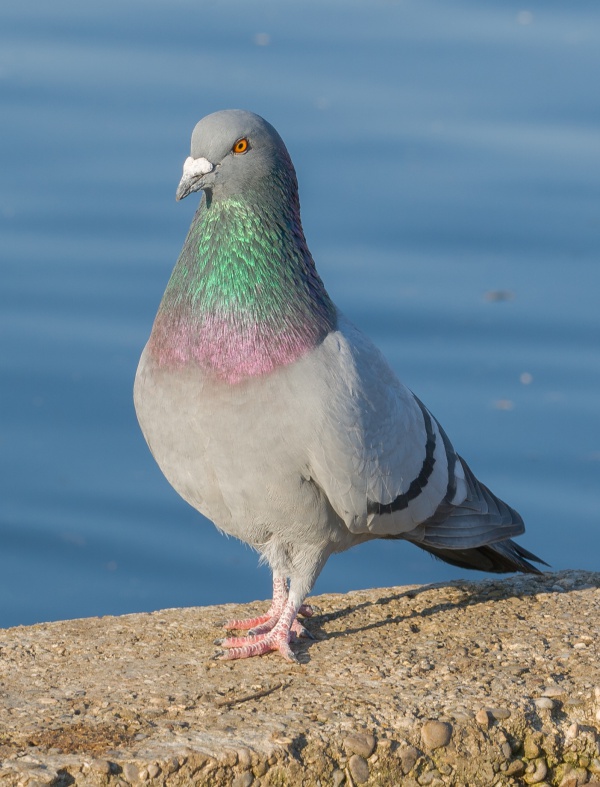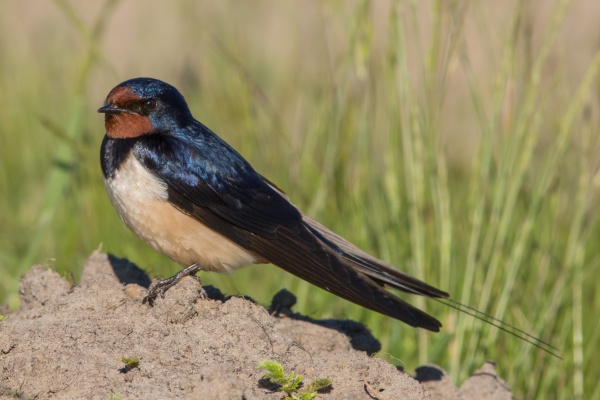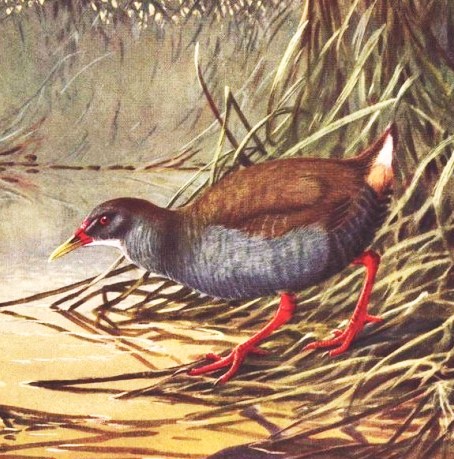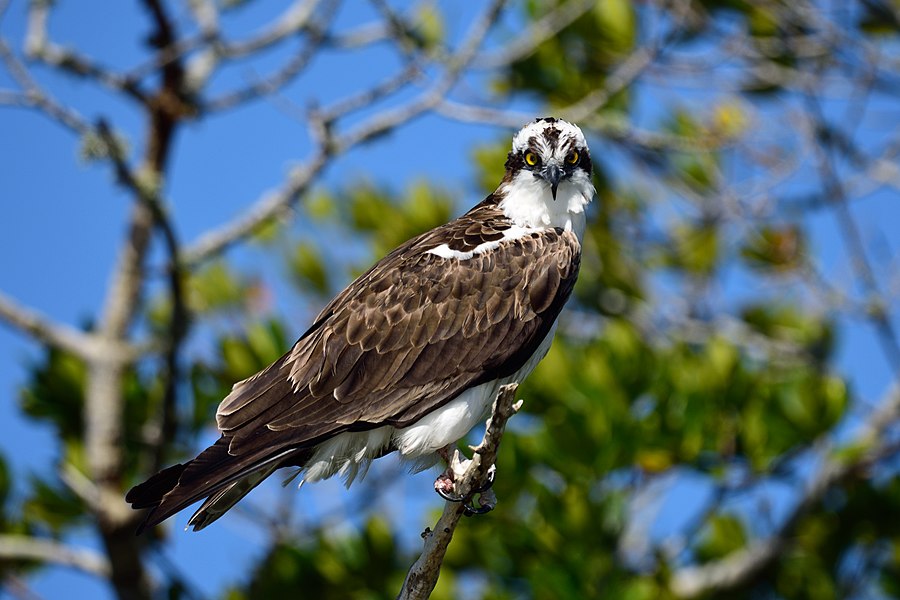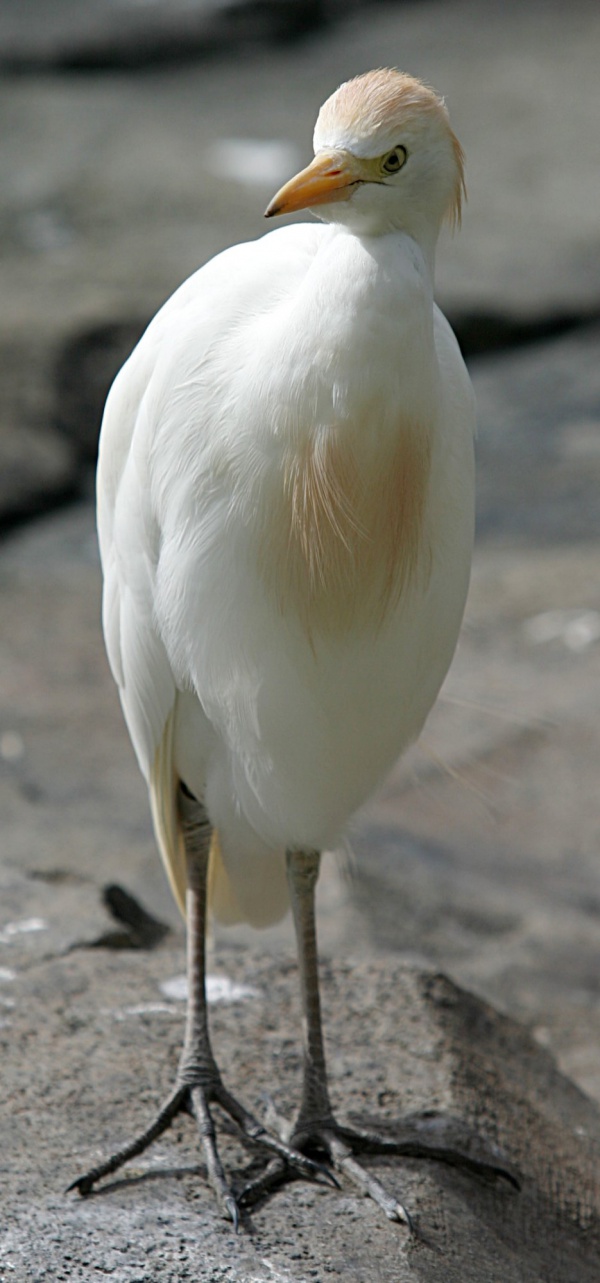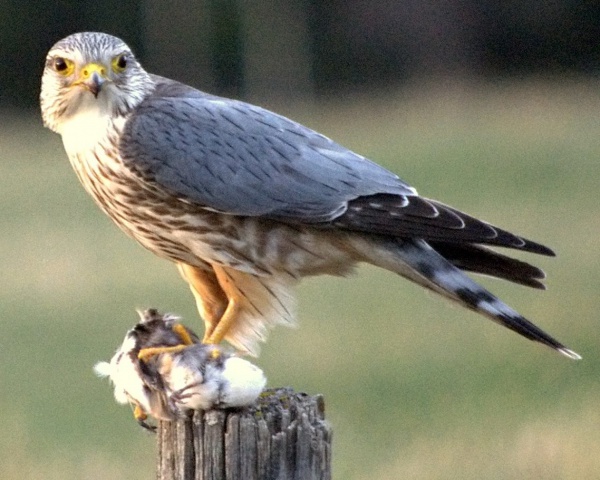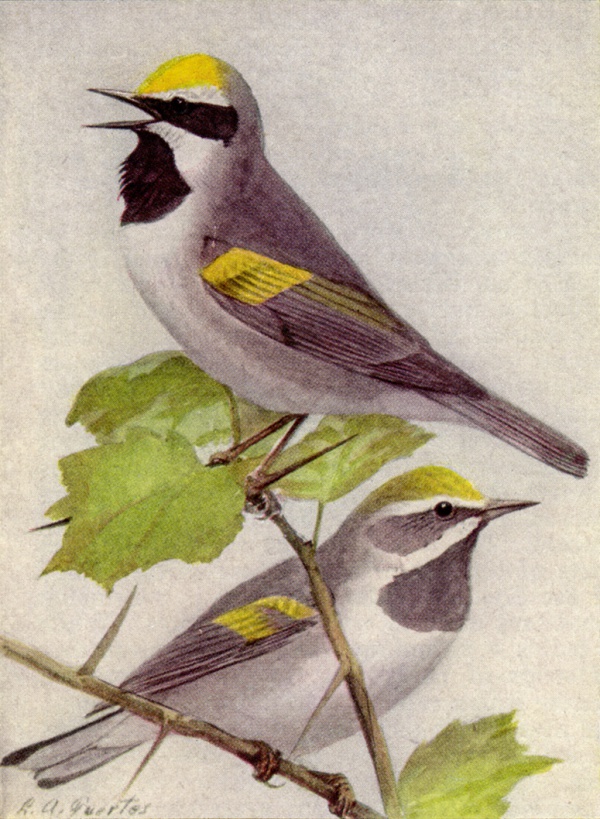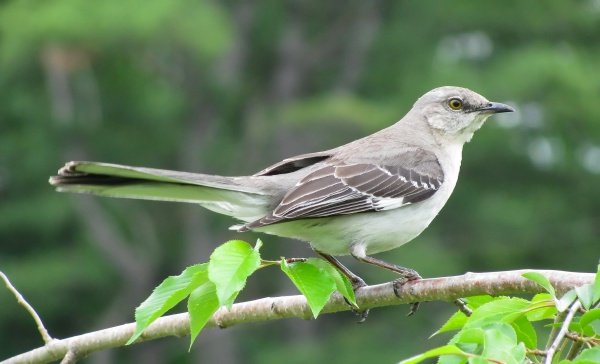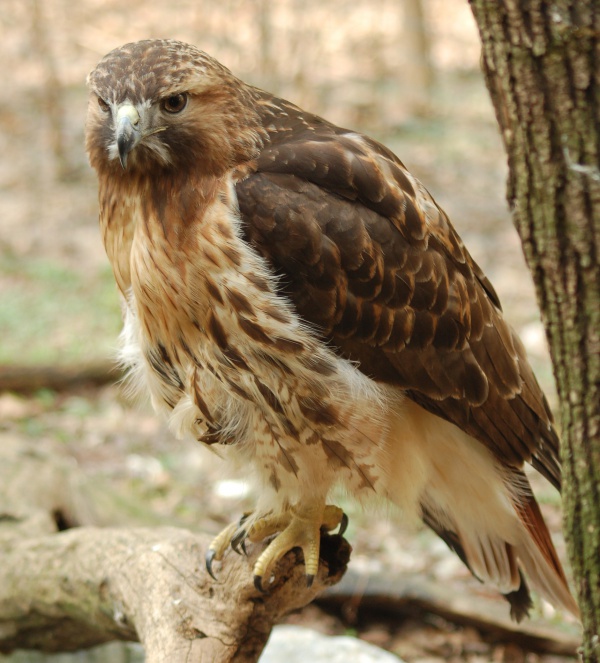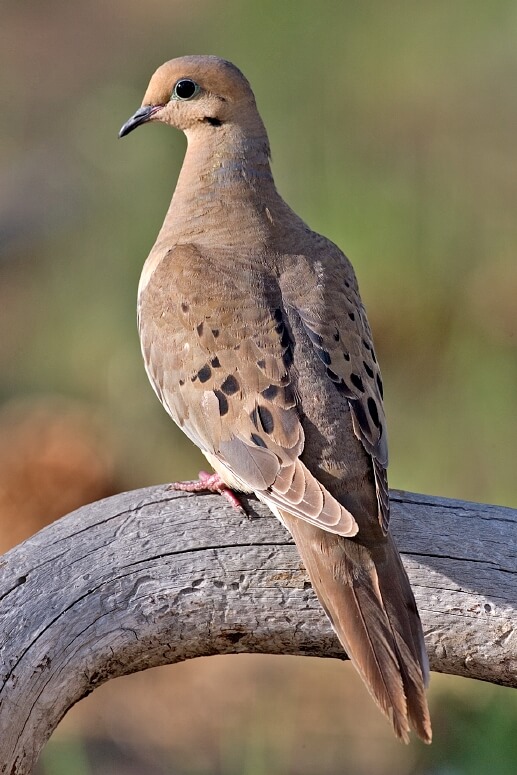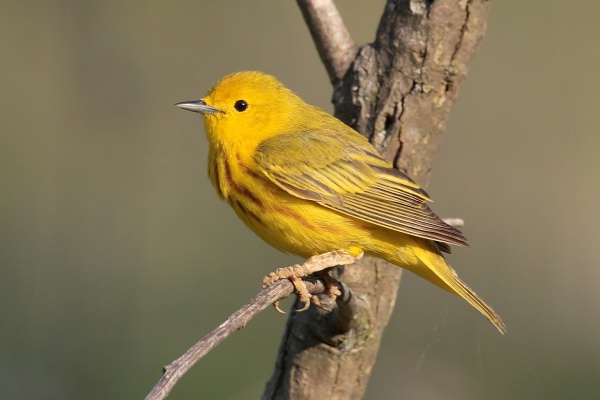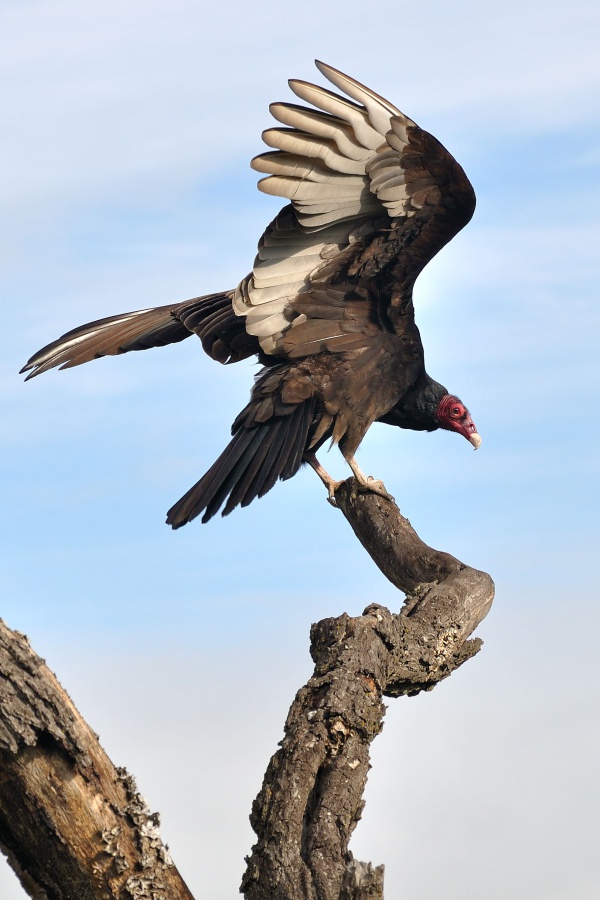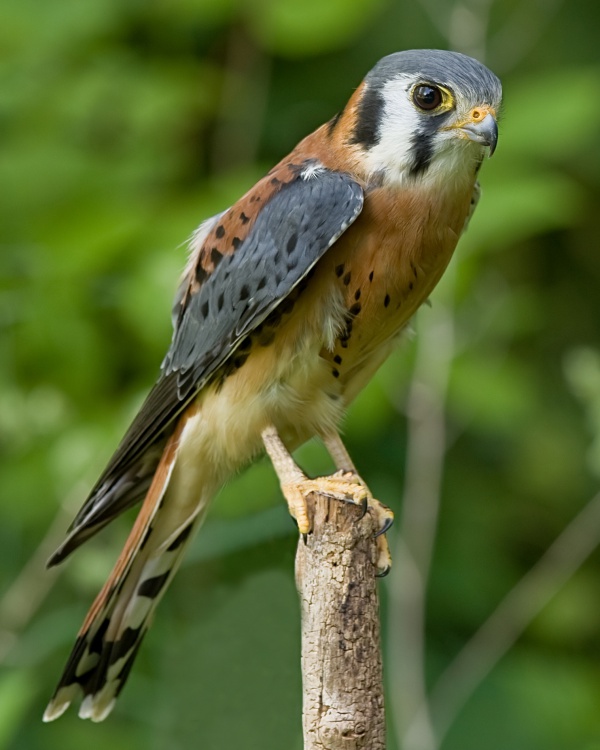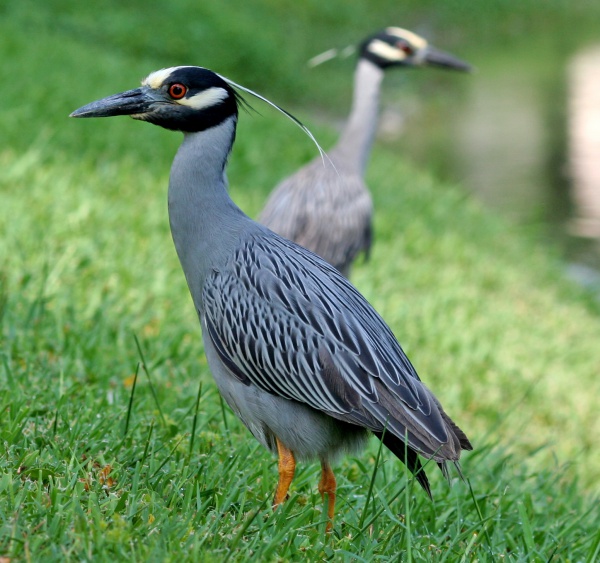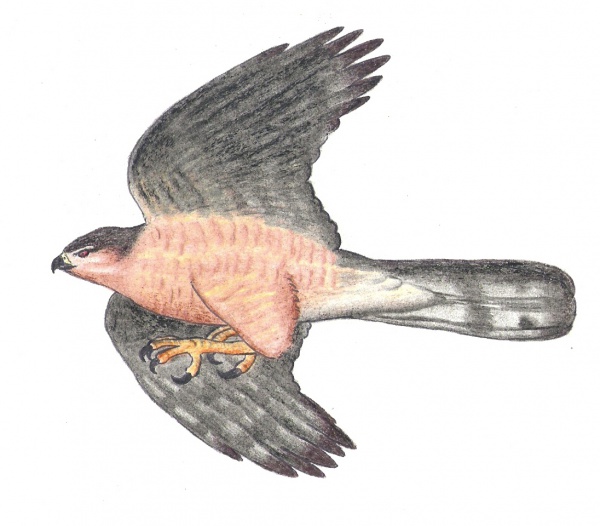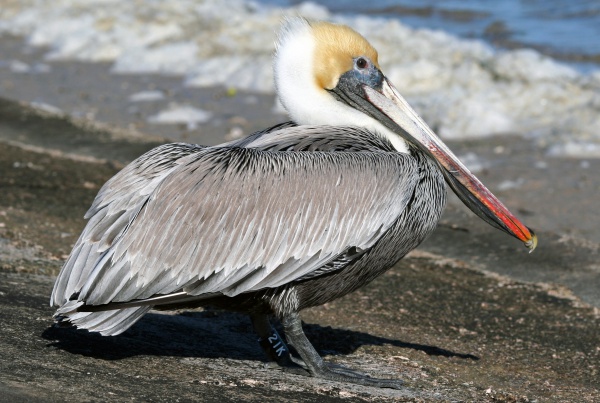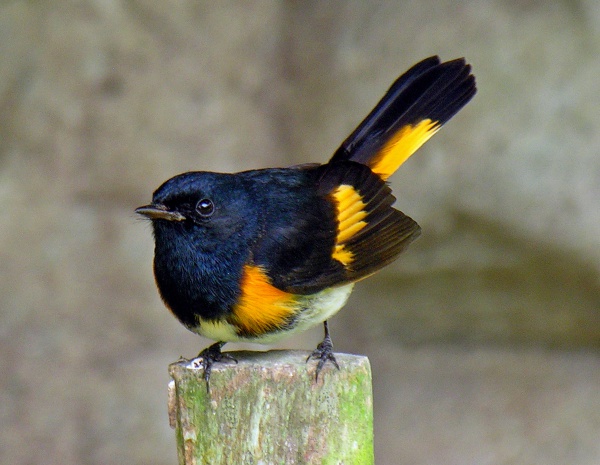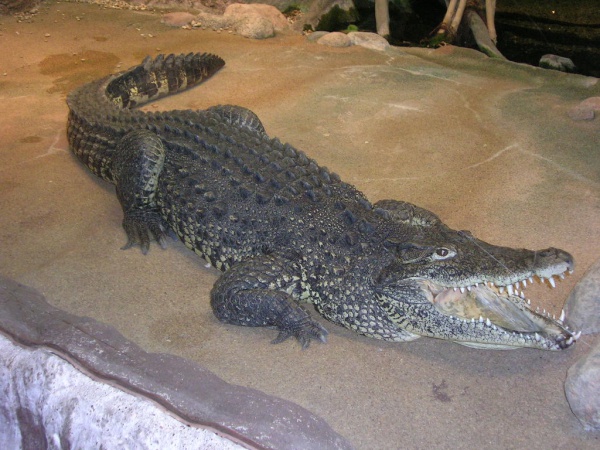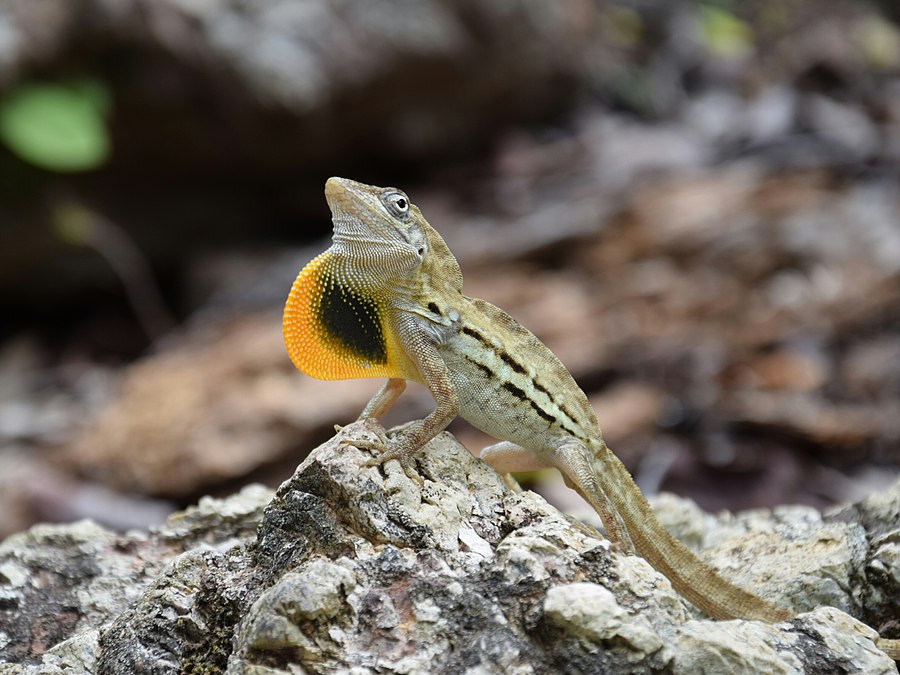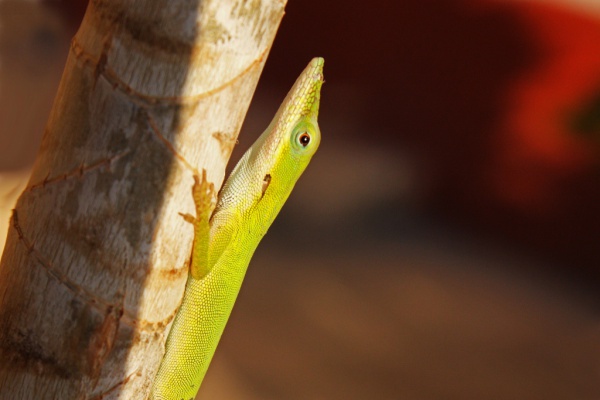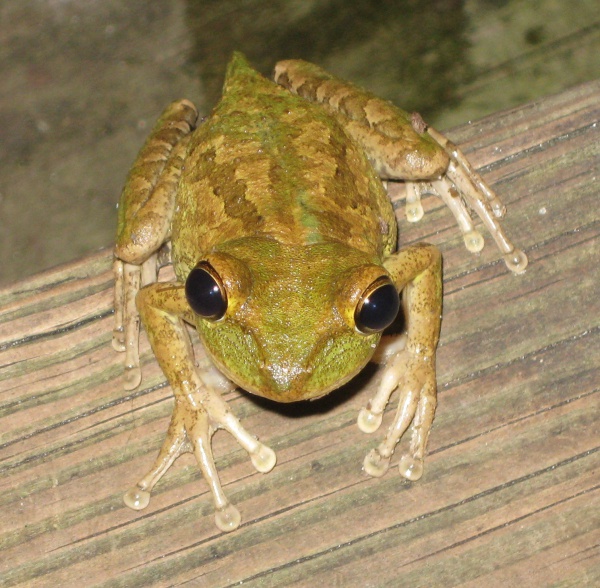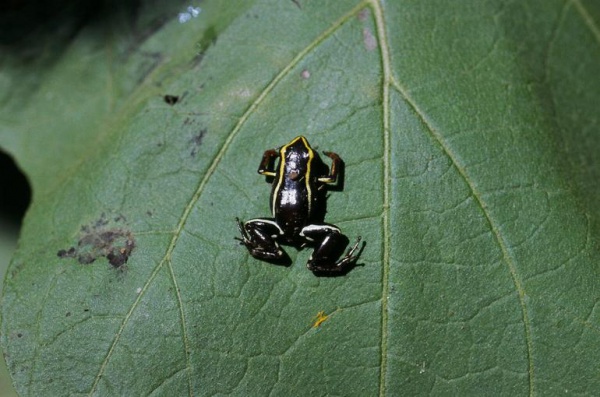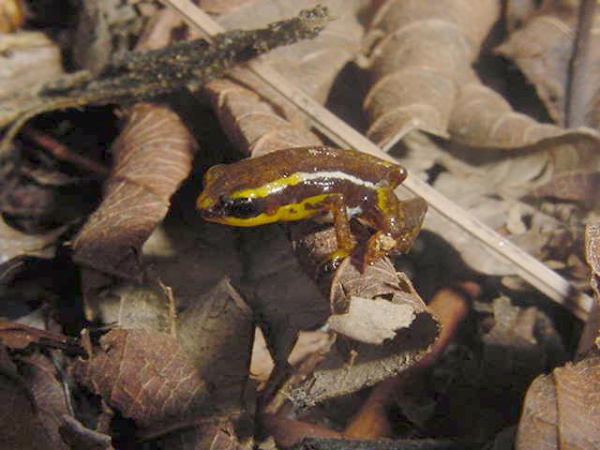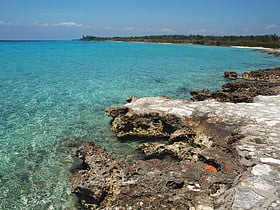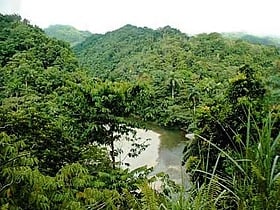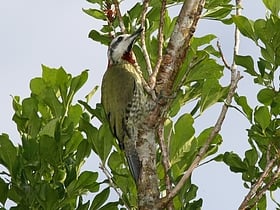
Cuba Animals
Follow the Trail of Wild Nature – Nature Tourism in Cuba
Cuba, a captivating island known for its vibrant culture and stunning landscapes, is also home to a diverse array of fascinating wildlife. From the colorful and elusive Cuban trogon, the national bird of Cuba, to the playful and intelligent Cuban hutia, the island offers a unique opportunity to encounter a variety of captivating creatures.
As you explore the lush forests and coastal regions of Cuba, keep an eye out for the Cuban solenodon, a rare and ancient mammal with venomous saliva, and the Cuban boa, a non-venomous constrictor that can grow to impressive lengths. Whether you're strolling along the sandy beaches or trekking through the verdant mountains, Cuba's wildlife is sure to leave a lasting impression on nature enthusiasts and curious travelers alike.
Mammals of Cuba
Cuba, a Caribbean gem, is home to a fascinating array of mammals, many of which are endemic to the island. The Cuban solenodon, a nocturnal insectivore with a venomous bite, is one of the most intriguing and rare creatures you might encounter. The Hutia, resembling a large guinea pig, is another native species that thrives in Cuba's forests and mangroves. Visitors may also spot the West Indian manatee, a gentle sea cow grazing in the island's coastal waters. Although not native, the small Indian mongoose was introduced to Cuba and can now be seen scurrying across the landscape. These mammals, alongside bats like the Cuban flower bat, contribute to Cuba's unique and diverse wildlife tapestry that enchants both scientists and tourists alike.
Birds of Cuba
Cuba, a Caribbean gem, is a haven for bird enthusiasts, boasting a rich avifauna with many species found nowhere else in the world. The Cuban Trogon or Tocororo, with its vibrant plumage mirroring the colors of the national flag, is the island's national bird and a sight to behold. The curious Bee Hummingbird, the smallest bird in existence, flutters around Cuban flowers, a marvel of nature's miniaturization. The Cuban Pygmy Owl, a diminutive predator, can be spotted in the woodlands, while the Greater Flamingo paints the coastal wetlands pink with its striking presence. These are just a few of the feathered treasures that make Cuba's wildlife so extraordinary and captivating for birdwatchers and casual tourists alike.
Reptiles, Amphibians
Top Spots for Wildlife Observation in Cuba
- Ciénaga de Zapata Biosphere Reserve, located on the Zapata Peninsula in the Matanzas Province, is a wetland of international significance and the largest protected area in the Caribbean. This reserve is a sanctuary for numerous bird species, including the Cuban trogon, the bee hummingbird (the world's smallest bird), and the Zapata wren, which is endemic to the area. The Cuban crocodile and the American crocodile coexist in its waters, and the reserve is also home to the endemic Cuban gar, a prehistoric fish species.
- Alejandro de Humboldt National Park, situated in the eastern provinces of Holguín and Guantánamo, is a UNESCO World Heritage Site and one of the most biologically diverse tropical island sites on Earth. It is a haven for endemic species, including the Cuban solenodon (a rare, nocturnal mammal), the Cuban parakeet, and the Cuban Amazon parrot. The park's lush forests and rivers are also home to the endangered Cuban hutia and a variety of native bats.
- Sierra del Rosario Biosphere Reserve, located in the Pinar del Río Province, is part of the Guaniguanico mountain range and is recognized for its rich biodiversity. Visitors can spot the Cuban tody, a small bird with vibrant plumage, and the Cuban grassquit. The reserve's forests also provide habitat for the Cuban boa and the endemic Cuban green woodpecker.
- Guanahacabibes Peninsula Biosphere Reserve, at the westernmost point of the island in Pinar del Río Province, is a remote and relatively untouched area. It offers a refuge for species such as the Cuban trogon, the endemic Cuban pygmy owl, and the blue-headed quail-dove. The surrounding seas are teeming with marine life, including sea turtles that come ashore to nest.
- Desembarco del Granma National Park, located on the southeastern coast of Cuba in Granma Province, is named after the yacht that brought Fidel Castro and his revolutionaries to Cuba. The park is known for its well-preserved marine terraces and rich coastal ecosystems. Visitors can observe the Cuban rock iguana and the West Indian manatee, as well as a variety of seabirds along the cliffs and coastal waters.
